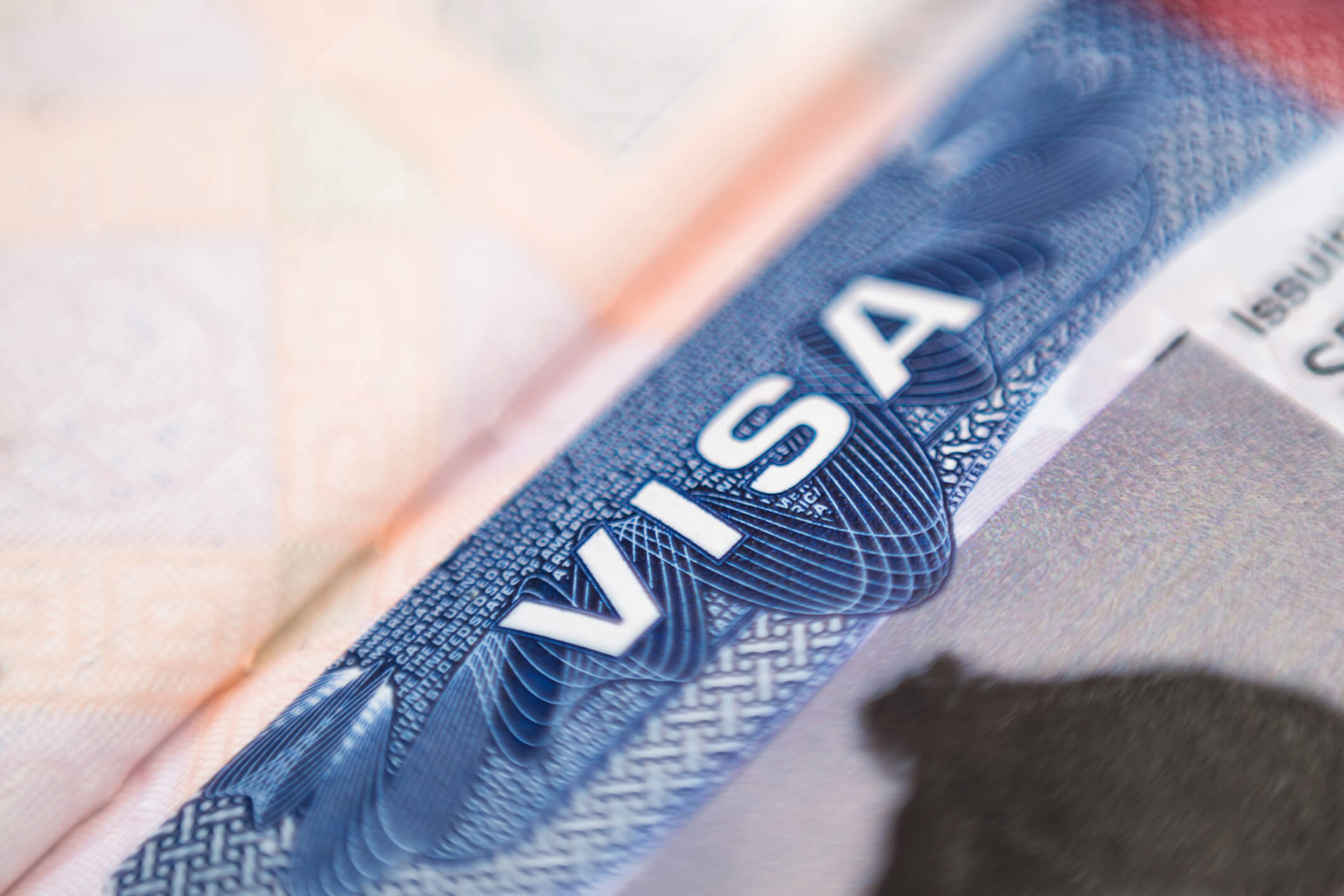Employers of H-1B workers must remain ready for possible site visits from the United States Citizenship and Immigration Services’ (USCIS) Office of Fraud Detection and National Security (FDNS). As reported in the August 2009 issue of the Immigration eAuthority, FDNS commenced site visits of thousands of H-1B employers. While numerous visits have been completed, site visits continue and are expected to continue over the next several weeks.
Having the benefit of some additional experience and reporting on FDNS site visits, it would seem beneficial to review and update some important information regarding H-1B site visits.
The basics of H-1B site visits:
- Site visits are mostly unannounced and commonly occur at the work location noted on the H-1B petition.
- While there was a public acknowledgement by a USCIS official suggesting that it had no legal standing to compel the employer to comply with the site visit, FDNS officials have reportedly indicated that the H-1B employer sponsor essentially gave advance consent to the site visit by filing the H-1B petition. The instructions to the Form I-129 (used to file the H-1B petition) indicate that its verification methods may include unannounced physical site inspections and interviews. Without regard to the legal authority, our general advice to clients is to comply to the extent reasonable with the site visit, and to contact our office as soon as possible.
- Should the site visit uncover information contrary to information provided in the H-1B petition, the most likely sanction will be revocation of the H-1B petition approval, or denial if the petition is still pending. Although there is no evidence of this occurring as yet, additional sanctions (including criminal) against the employer or individual signing the petition might also be pursued by FDNS.
Information to have ready for site visits:
- Company data relating to the nature of the business, locations, number of employees, tax returns, IRS 941 quarterly tax filings and other comparable data.
- Information about the specific H-1B worker’s employment, including data relating to his or her employment such as job title and duties, rate of pay, work location(s), hours of work, copies of recent wage statements or annual Form W-2.
- Although such documents may not be requested, a copy of the H-1B petition and the Labor Condition Application (LCA) Public Access Folder should be accessible to the authorized employer representative at the work site, even if merely to serve as a reference when speaking to the FDNS inspector.
The site visit process and general recommendations:
- Train your front desk person not to allow unfettered access to any FDNS or government representative (unless of course a subpoena/warrant is provided). Front desk personnel should not answer any questions other than to refer the FDNS inspector to a designated company official, such as the Human Resources manager.
- Request a business card or equivalent information from the FDNS investigator and appropriate identification. Employers may ask to contact someone at a USCIS office to verify the identity of the investigator.
- Call counsel, who may be able to participate by telephone during the site visit. If counsel is unavailable, another company representative may seek to be present during FDNS questioning to take notes and create an immediate record of what transpired during the visit.
- Although the general recommendation is to comply, employer representatives may reasonably seek to limit access to certain portions of the employer’s facility. As FDNS investigators may seek to photograph the facility, the employer representative may also seek to limit the FDNS from photographing portions of the facility, for example because the employer has a strict policy against it perhaps because the facility uses proprietary or trade secret processes. Furthermore, the employer representative should not answer questions where he or she is unsure of the answer or simply does not know the answer. Instead, one can offer to research the item and provide accurate information after the site visit.
- The FDNS investigator will ask to speak with the H-1B worker. Once again, compliance with this request is recommended. The employer representative may ask to be present during the questioning, though this request might not be granted.
- Employer representatives should take notes throughout the process and write down any additional notes or thoughts immediately after the site visit is completed. This information should be shared with counsel after the site visit.
With minimal preparation, employers should be well prepared to handle site visits. Assuming the H-1B petition contained accurate information, employers should be able to avoid any possible problems.
Note: This article was published in the October 2009 issue of the Immigration eAuthority.




